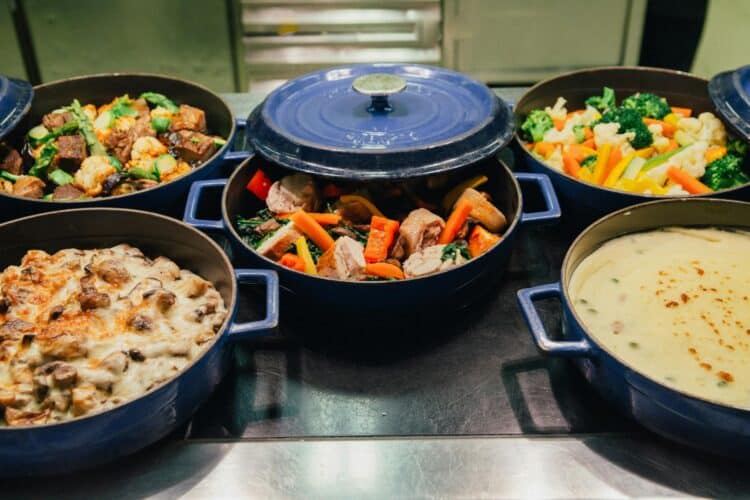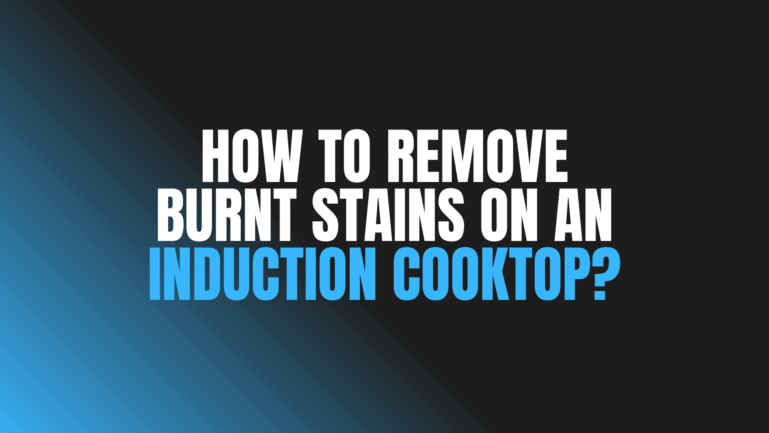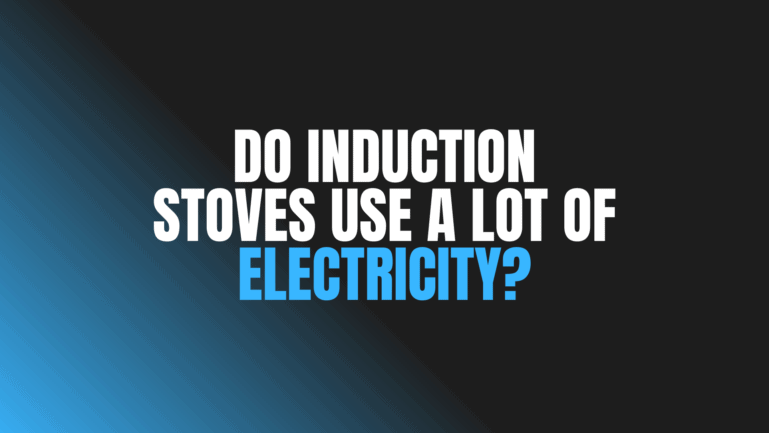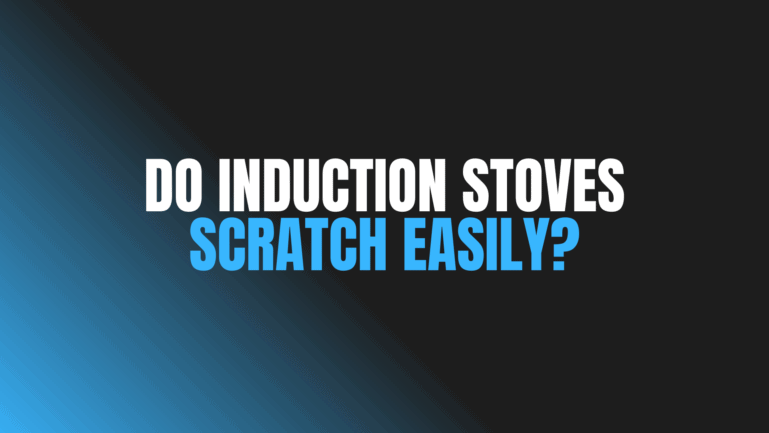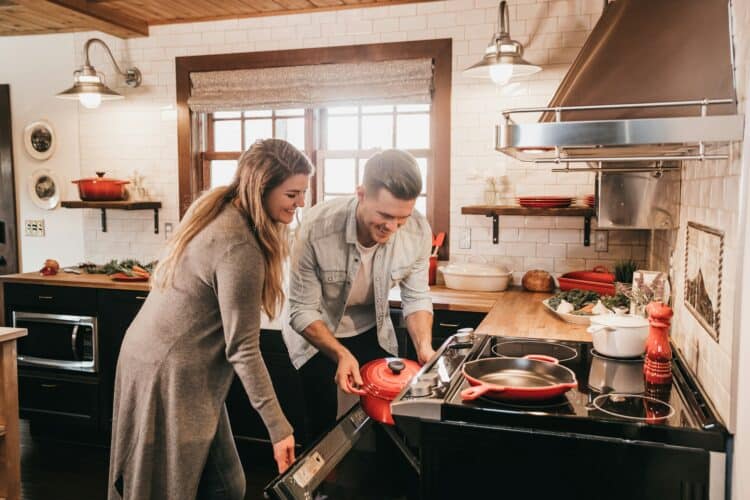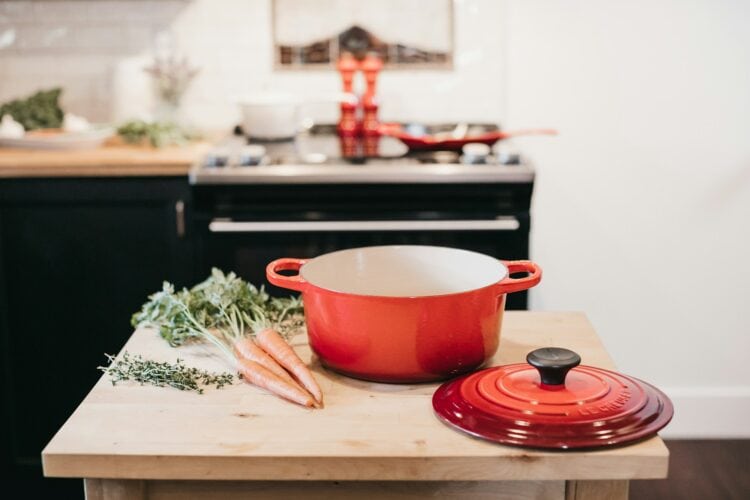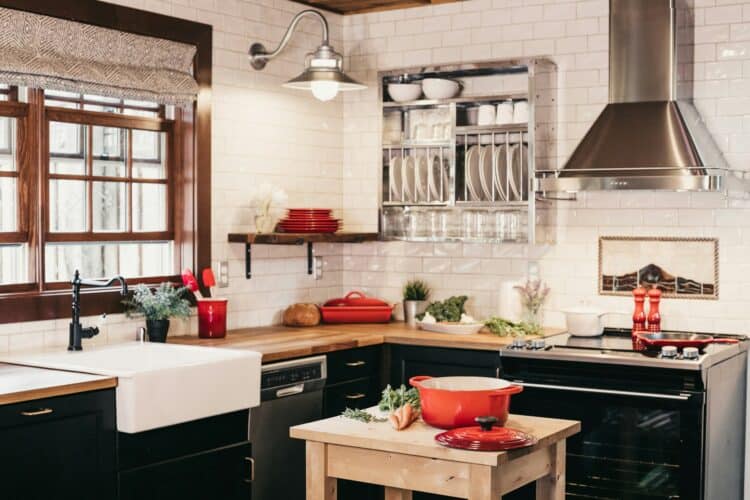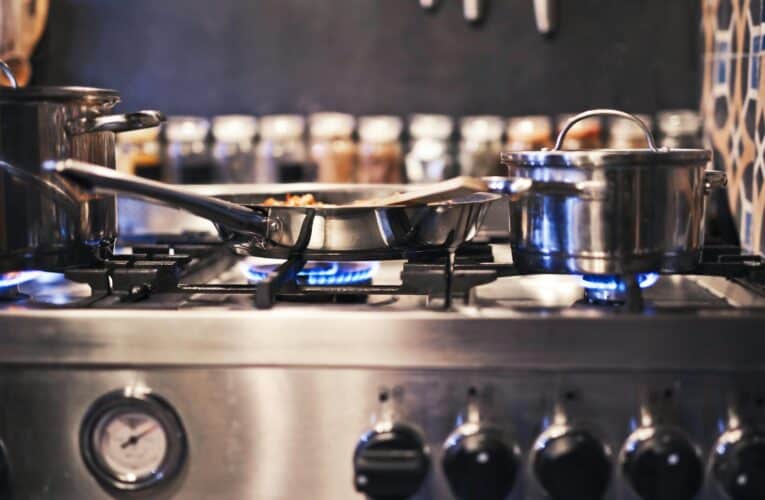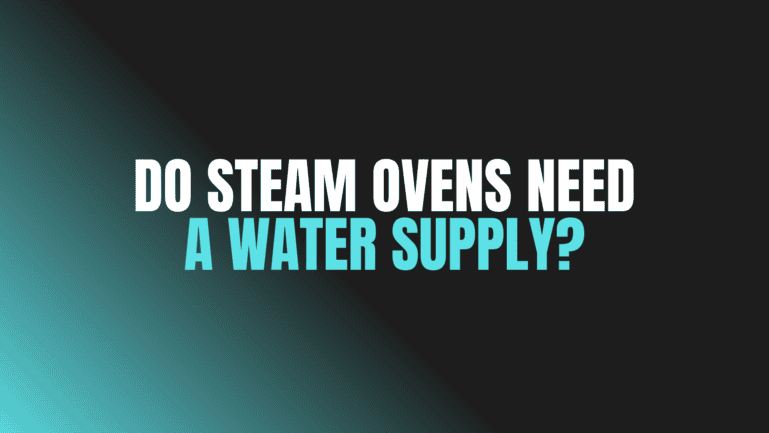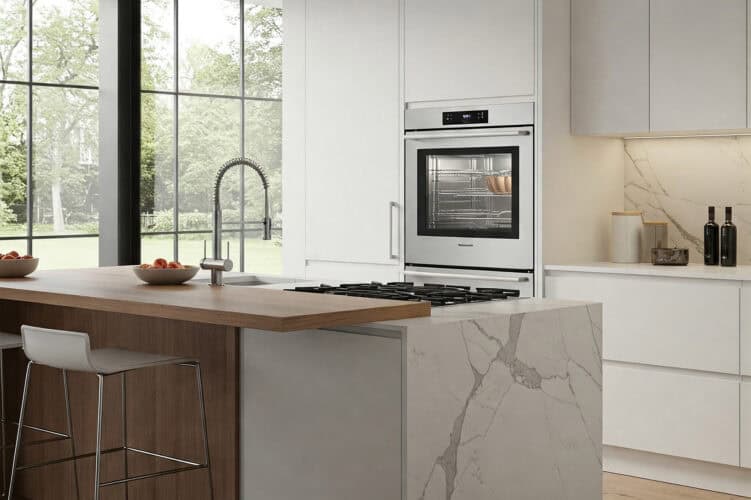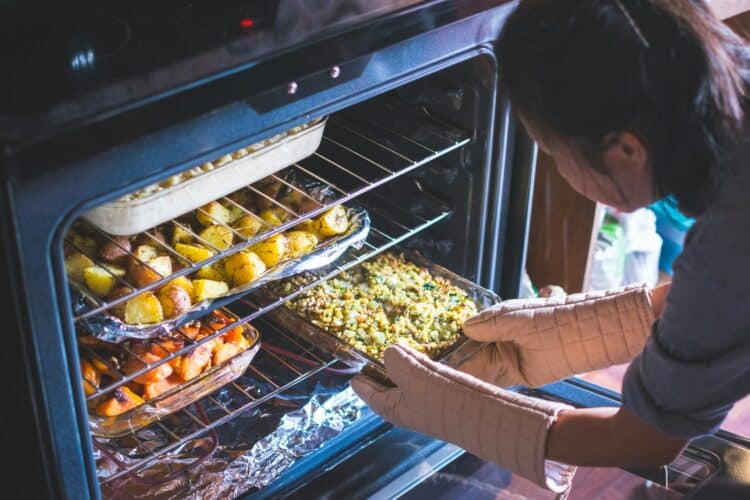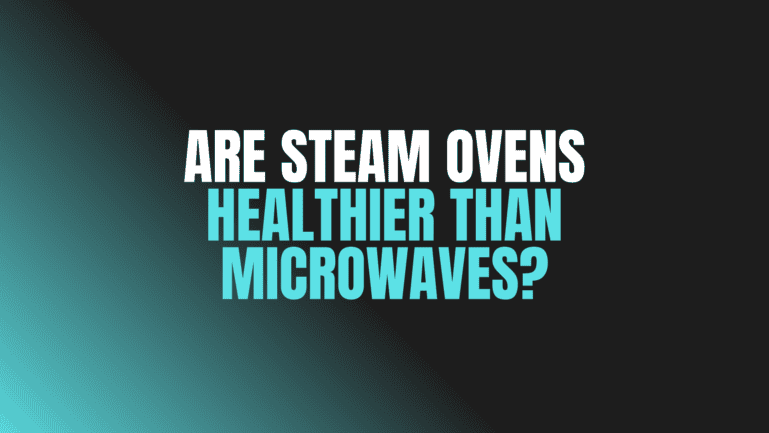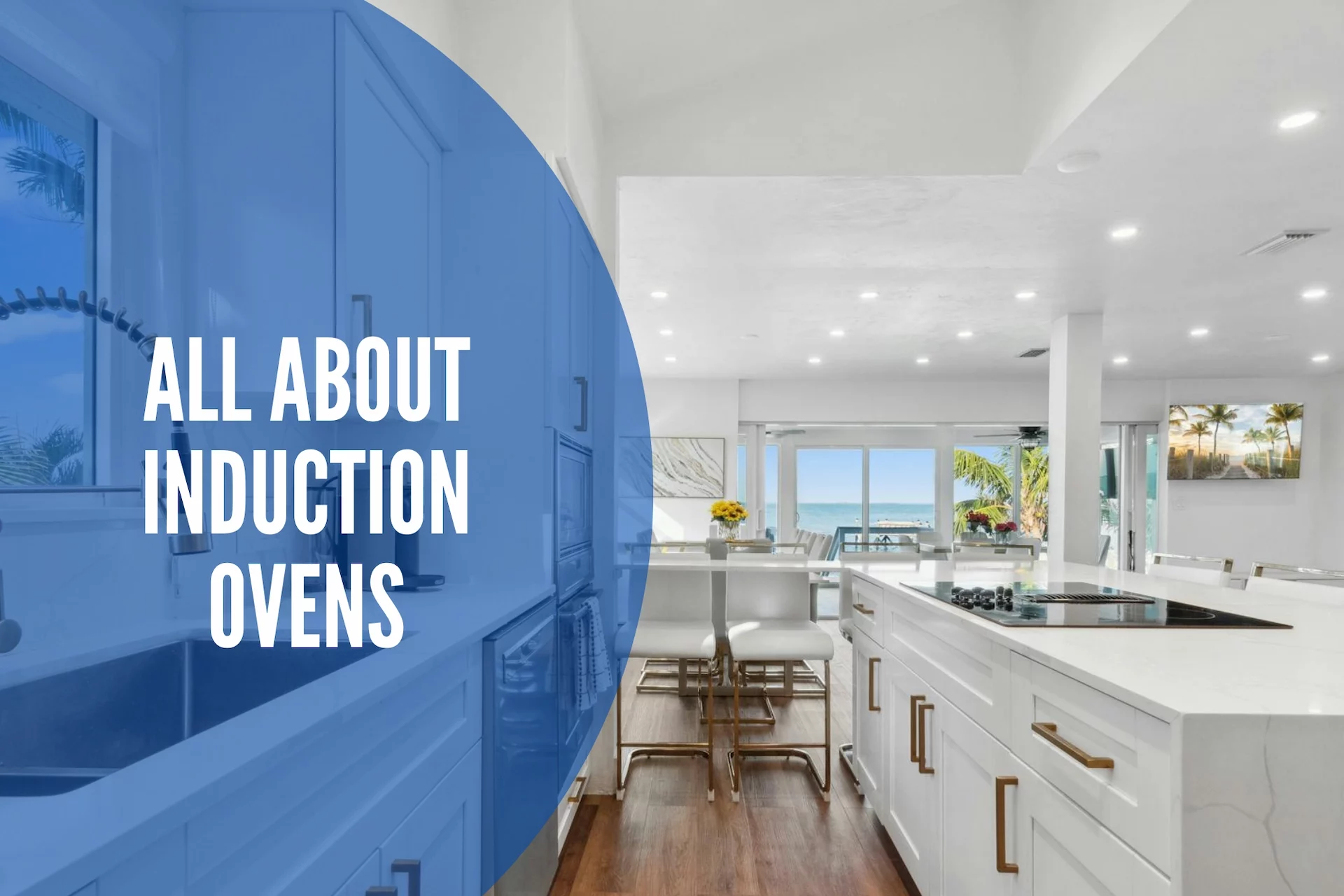
Induction Cooking Explained
Induction ovens represent a significant advancement in cooking technology. They offer precise temperature control, rapid heating, and enhanced safety features. This article explores the principles of induction cooking, its advantages, disadvantages, and how it compares to traditional cooking methods. We will also look at the selection, installation, and maintenance of induction ovens, equipping you with the knowledge to decide if this innovative cooking method suits your needs.
Whether you are a seasoned chef or a home cook, understanding induction cooking can elevate your culinary experience. Learn how these appliances work, their benefits, and potential drawbacks to determine if they fit your cooking style. Discover essential tips for using, cleaning, and caring for your induction oven, ensuring its longevity and optimal performance. This guide aims to provide a clear and comprehensive overview of all aspects of induction cooking.
This detailed exploration of induction ovens will cover various facets, including their functionality, benefits, and potential drawbacks. We aim to provide a clear and concise guide to help you understand this modern cooking technology. By the end of this article, you will have a solid grasp of induction cooking and be better equipped to decide if it’s the right choice for your kitchen.
How Induction Ovens Work
Induction ovens utilize electromagnetism to heat cookware directly. A copper coil, located beneath the cooktop surface, generates a magnetic field. When you place compatible cookware on the cooktop, this magnetic field induces eddy currents in the cookware’s base. These eddy currents generate resistance, producing heat that cooks the food. The cooktop itself remains relatively cool, as it does not produce heat directly.
This targeted heating method differs significantly from traditional gas or electric cooktops, which heat the air around the cookware. Induction cooking offers greater efficiency, as heat transfers directly to the cookware, minimizing energy loss. The rapid response time and precise temperature control of induction cooking allow for greater control over the cooking process.
This direct heating process results in faster heating and cooling times compared to conventional methods. The magnetic field only activates when suitable cookware is present, enhancing safety and preventing accidental burns. The absence of an open flame further contributes to a safer cooking environment.
Click here for more information on kitchen cabinet refacing Toronto
Related Article: What Is an Induction Oven?
Disadvantages of Induction Cooking
While induction cooking offers numerous benefits, it also has some drawbacks. The initial cost of induction ovens can be higher than that of traditional ovens. The need for induction-compatible cookware may necessitate replacing existing pots and pans. Some users report a slight learning curve when adapting to the responsiveness of induction cooking.
Induction cooking requires cookware with a magnetic base. Cast iron and stainless steel cookware with a magnetic base typically work well. Copper, aluminum, and glass cookware may not be compatible unless they have a magnetic base layer. It’s crucial to check your cookware’s compatibility before using it on an induction cooktop.
Some users also notice a humming or buzzing sound during operation, although this varies depending on the model and cookware used. This noise results from the high-frequency alternating current that generates the magnetic field. While generally not a major concern, the noise level can be a factor to consider.
Related Article: What Is the Difference Between an Induction Oven and a Regular Oven?
Related Article: What Are the Pros and Cons of an Induction Oven?
Choosing and Installing an Induction Oven
When choosing an induction oven, consider your cooking needs and budget. Assess the available cooktop sizes and features to find the best fit for your kitchen. Measure your available space and consider the number of burners you require. Look for features like power boost options, timers, and safety shut-off mechanisms.
Installation typically involves connecting the oven to a dedicated electrical circuit. Consulting a qualified electrician ensures proper and safe installation. Ensure your electrical system can handle the power requirements of the induction oven. Follow the manufacturer’s instructions carefully during the installation process.
Once installed, familiarize yourself with the oven’s controls and features. Refer to the user manual for specific instructions on operating your particular model. Experiment with different temperature settings and cooking modes to gain confidence in using your new induction oven.
Related Article: Can You Use Regular Pans in an Induction Oven?
Related Article: What Happens if Water Falls on an Induction Stove?
Maintaining Your Induction Oven
Proper maintenance ensures the longevity and performance of your induction oven. Clean the cooktop after each use with a soft cloth and a specialized induction cooktop cleaner. Avoid abrasive cleaners or scouring pads that can scratch the surface. Wipe up spills immediately to prevent staining or burning onto the surface.
Regularly inspect the cookware for any damage or warping that could affect its performance. Replace any damaged cookware to ensure optimal heating efficiency and prevent scratches on the cooktop. Store cookware carefully to avoid scratching or damaging the cooktop surface.
Address any issues or malfunctions promptly by contacting a qualified technician. Do not attempt to repair the oven yourself unless you have the necessary expertise. Regular maintenance can prevent costly repairs and extend the lifespan of your induction oven.
Related Article: What Are the Disadvantages of an Induction Oven?
Related Article: Do Induction Ovens Cook Faster?
Conclusion
Induction ovens offer a modern and efficient approach to cooking, providing precise control, rapid heating, and enhanced safety. While the initial investment may be higher, the long-term benefits of energy savings and improved cooking performance make induction cooking an attractive option for many home cooks. By understanding the principles of induction cooking, its advantages and disadvantages, you can make an informed decision about whether this innovative technology suits your culinary needs.
Carefully weigh the pros and cons, considering your cooking style and budget before making a purchase. Explore the different models and features available to find the perfect induction oven for your kitchen. With proper care and maintenance, an induction oven can be a valuable addition to your home, enhancing your cooking experience for years to come.
Related Articles

Blue Malue Get in touch with Blue here.
